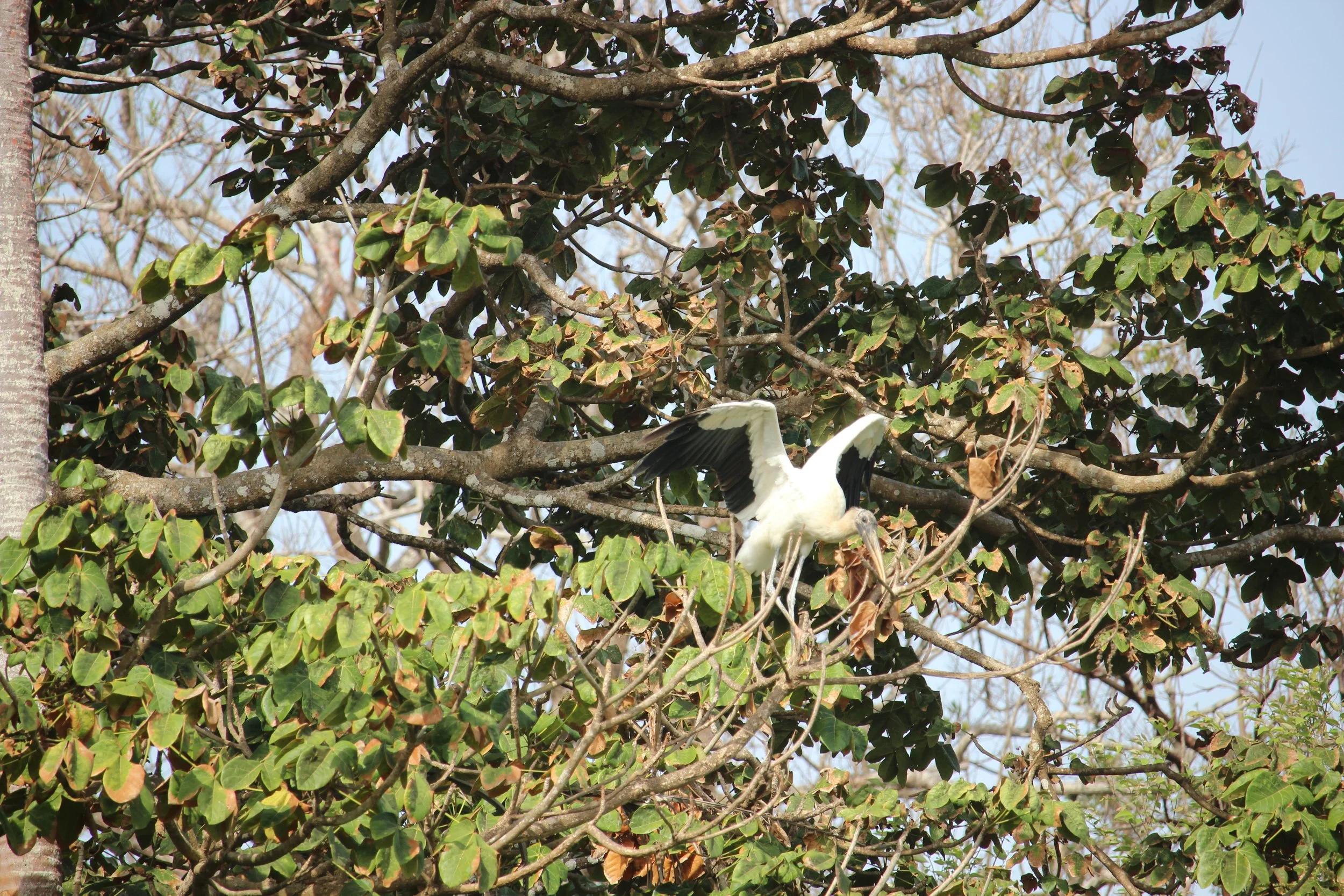
Our History
The refuge was created in 1981 following pressure from an environmental conservation movement spearheaded by the fishing community of Pedasí.
The Pablo Barrios Refuge is one of only three protected areas in the country named after an individual, and its dedication to Pedasi environmentalist Pablo Arturo Barrios reflects his relentless commitment to preserve the natural biodiversity of Los Santos.
-
1981
Creation of the Iguana Island Wildlife Refuge Protected Area. Executive Decree No. 20. Download here.
-
1992
Sudden death of Pablo Arturo Barrios, after whom the protected area is named posthumously.
Creation of the Pablo Arturo Barrios Wildlife Refuge Protected Area. Municipal Agreement No. 4. Download here and see page 3.
-
2008
Repeal of Municipal Agreement No. 4 that created the protected area in 1992, through Municipal Agreement No. 17. Download here and see page 15.
-
2009
Creation of the Pablo Arturo Barrios Wildlife Refuge Protected Area by Resolution No. AG-0313-2009 issued by the National Environmental Authority (ANAM). Download here
-
2019
Delivery of the Shared Management Agreement endorsed by the Comptroller's Office of the Republic to Fundación PRO ECO AZUERO by the Directorate of Protected Areas of the Ministry of Environment (MiAmbiente).
Approval of the Cabinet Council to present the proposed Law that creates the Board of Trustees of Isla Iguana and Pablo A. Barrios to the National Assembly. See the full story here
-
2022
Signing of Executive Decree N°1 of February 2, 2022, which extends the territory of the Isla Iguana protected area and subrogates the previous decree that regulated this area. Download the Decree here
The History of BEDA-CHI (Pedasí)
Location:
BEDA-CHI (Pedasí) is located in the province of Los Santos, Panama, at the end of the coastal arc of the Gulf of Panama. Pedasi coordinates in degrees and decimal minutes:
Latitude: 7°31.8204′ N
Longitude: 80°1.6194′ W
Altitude: 47 meters above sea level (meters above sea level) (1).
Average annual temperature: 27.1°c (1)
The following is an excerpt from the book Pedasí: la Orquídea Santeña, David Crespo González.
First settlers of BEDA-CHI:
Villages such as Capira, Chame and others in the province of Coclé, were occupied by the Bugle and the provinces of Los Santos, Herrera and the region of Montijo in Veraguas by the Ngäbe, both members of the Guaymí ethnic group that populated the Atlantic coast and that separated in search of new places to subsist.
Origin of the names of the towns:
Many places in the province of Los Santos have names of caciques or phrases from the Ngäbe language such as Guararé comes from Gua-arare, which means striped or striped fish; Tonosí comes from Tonon-Chi, small or small maraca; Pedasí from Bedasí or Beda-chi, small or small braza; Canajagua from Ka-na-jagua, that land is mine; Macaraca from Ma-ca-raca, I don't like you.(2)
Of nearby towns like Chitré it is known that "it was founded by the Hispanics on the banks of the Cubita River or Los Maizales River, on May 3, 1558. On the other hand, not knowing the dates of the colonization of Guararé, Quema, Paris and other neighboring towns, we venture to believe that the conquest of BEDA-CHI and its foundation may have occurred in the late eighteenth century, between the years 1775-1780, close to that of Las Tablas; thus, the Spaniards were the second settlers of BEDA-CHI. In 1785, BEDA-CHI changed its name for the first time, appearing on a map as BEAZÍ and in 1815, as BEDAZÍ. (3)
Origin of the names of the beaches of the Pablo A. Barrios Wildlife Refuge:
Playa El Bajadero: located approximately 3kms from the town of BEDA-CHI, it was baptized with that name because it was used as a port by cabotage boats and in which passengers and other goods were transported to and from the capital.
Playa El Toro: It owes its name to the sound produced by the air coming out of the crack of a huge rock, impelled by the waves in the crescent and resembling the mooing of a wild bull in heat.
El Misterio Beach: very similar to El Toro, but of less extension. It owes its name to the fact that in one of its rocks there is an eye of fresh water, which mysteriously, even when the tide is high and the rock is submerged, continues to flow its delicious liquid.
La Garita Beach: which is said to owe its name to its first owners who found in the place a hut or sentry box similar to the shelters made by the Ngäbe Indians to take shelter after carrying out their subsistence activities.
End of excerpt from the book Pedasí: la Orquídea Santeña, David Crespo González.
(1) Institute of Meteorology and Hydrology of Panama.
(3) Castillero R, Ernesto J. ob. cit. Page 31
(6) Jean Jr. Ricardo. Aspectos históricos y geográficos. págs. 75-79

